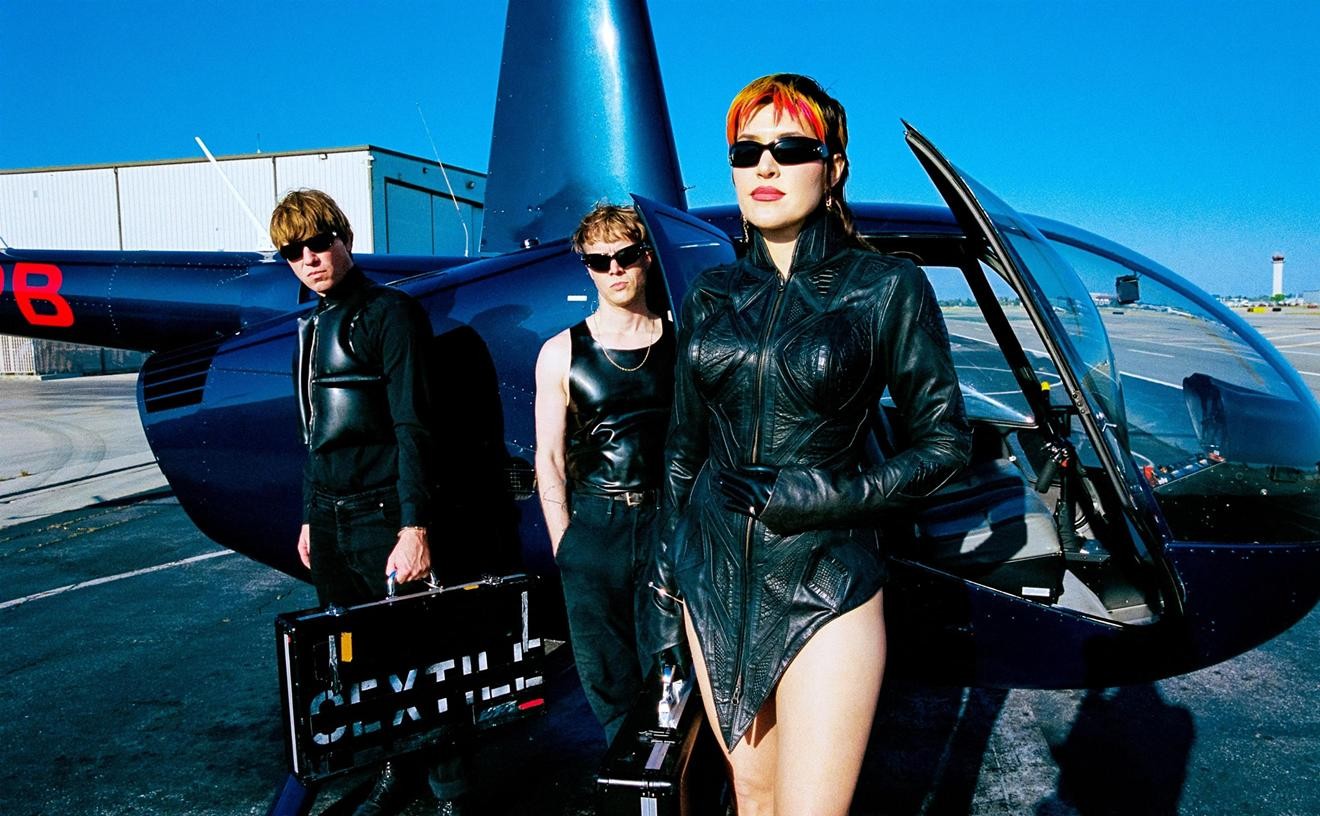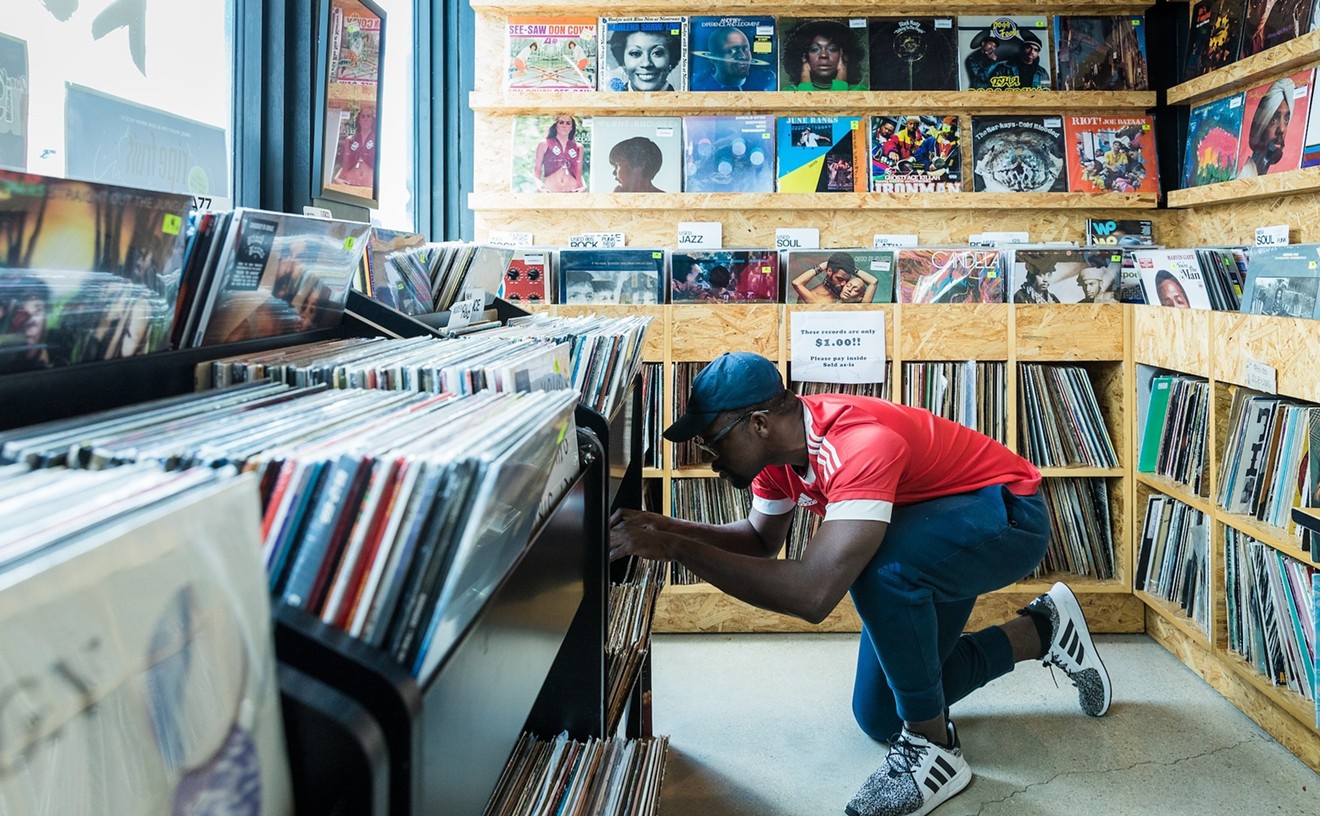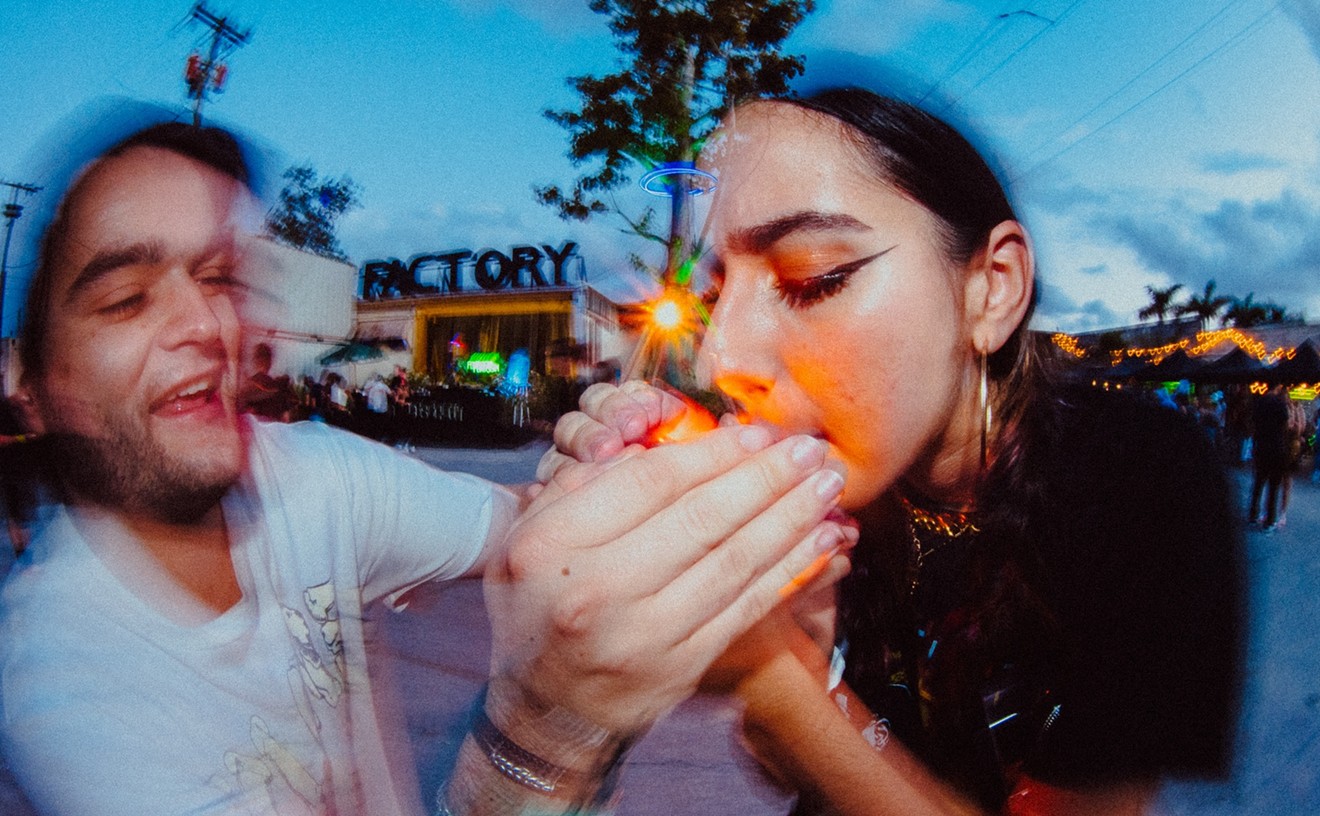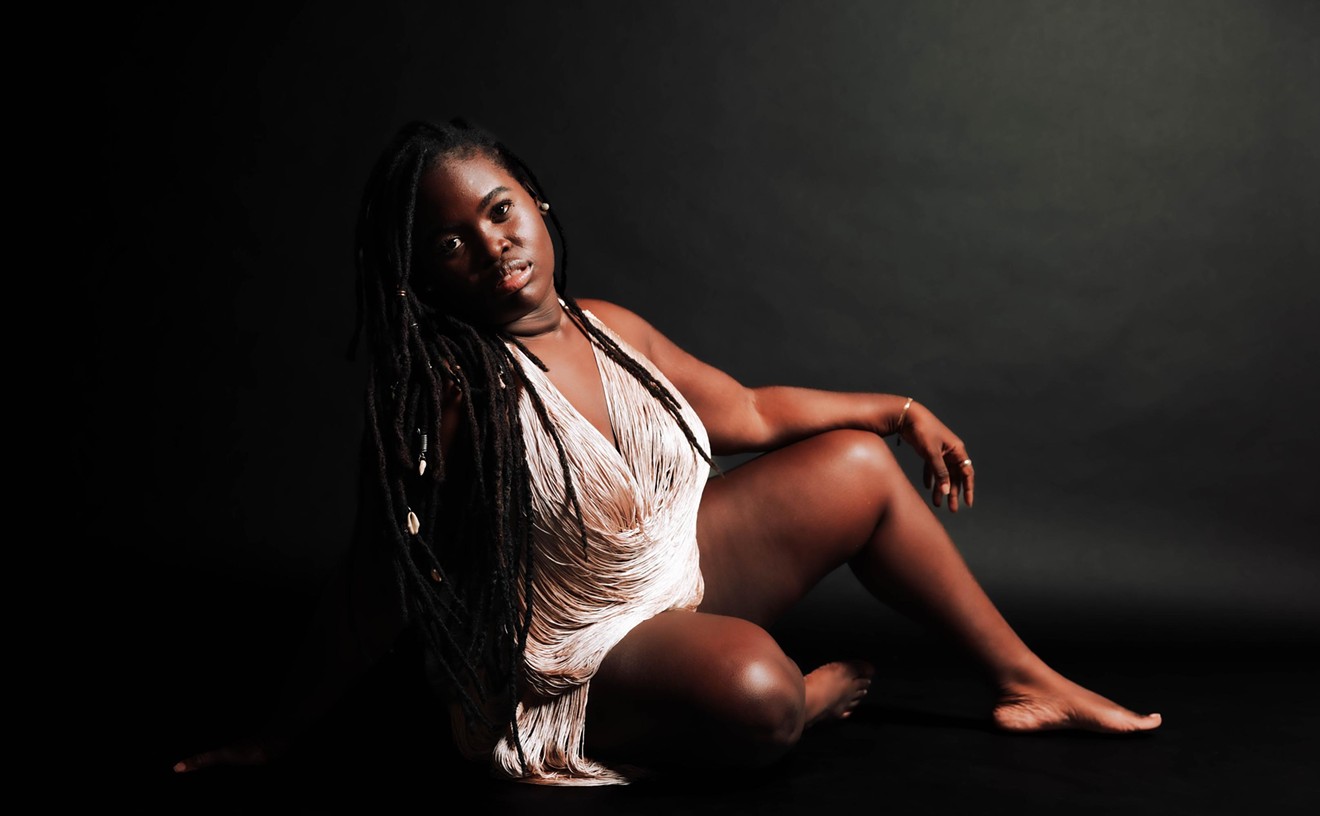And the songs? "They're as good as anything he's done in 25 years," says Dickinson of the new stuff Dylan was cutting with producer Daniel Lanois, who twiddled the knobs on Dylan's Oh Mercy album from '89. "Some of them he's been saving a long time, he said. A lot of Americana songs. Two songs about Mississippi. One called 'Girl from the Red River Shore' that, if you heard it after 'Oh Susanna,' you'd buy it. It's that legitimate. There are several epics. He has one seventeen-minute song with no solos. His manager said to him, 'You gonna do a short version of that?' and Dylan said, 'That is the short version. I got a lot of verses.'"
Dickinson, as you may know, spent a lot of time in Miami back in the Seventies, when he was keyboardist for the Dixie Flyers, a crack studio outfit that worked at Criteria with a slew of artists, including Sam the Sham, Dion, Little Richard, Delaney and Bonnie, and Aretha Franklin. (That's Dickinson all over Aretha's brilliant 1970 set Spirit in the Dark.) Before that he was a session player in Memphis, working at the legendary Sun studio with the Jesters and in an early incarnation of the American house band led by ace producer Chips Moman. He was also in Muscle Shoals in 1971 when the Rolling Stones were recording Sticky Fingers, adding his piano fills to "Wild Horses." In 1974 he produced the shambolic alt-rock classic Sister Lovers, the third album by Alex Chilton's hallowed Big Star. He has since been behind the boards for some of the finest albums of the Eighties, including the Replacements' Pleased to Meet Me and Toots Hibbert's Toots in Memphis. And he recorded a few raunchy blues sets with his ragtag combo Mud Boy and the Neutrons.
The January session at Criteria was Dickinson's first professional encounter with Dylan, although he's known his work since 1961. "I've been a fan for years," Dickinson says by phone from his home outside Hernando, Mississippi. "I was actually a fan before he ever made a record. I heard a tape of the first album before it came out, through Carolyn Hester -- supposedly Dylan was discovered during a Hester session; that's where John Hammond saw him. Hester was a friend of a friend of mine at college in Texas, who went to the University of Texas in Austin; I went to Baylor, in Waco. He had turned me on to a lot of stuff before, folk music mostly, and he called me on a Friday night and said, 'I've got something you gotta hear.' So I just unquestioningly got in my car and drove to Austin on Saturday morning, and he walked me into the house -- wouldn't say anything to me -- and sat me down between his speakers and said, 'Listen to this,' and turned on the tape recorder. It was what became Dylan's first album plus a couple of outtakes. I just sat there dumbfounded. It opened my musical horizons farther than I ever thought they'd be opened."
Dylan, it turns out, knew quite a bit about Dickinson, which surprised the gravel-voiced studio vet. "Dylan's management said they'd looked for me twice before but couldn't find me, and Dylan told me he'd been wanting to work with me for years, which flattered me incredibly," he recalls. "He just knew incredible things about me. He asked me about [fellow Neutron] Sid Selvidge, said, 'What about that guy, that Sid guy that sings those folk songs?' I said, 'Yeah, I work in a band with him,' and Dylan says, 'Yeah, Mud Boy.' I said, 'You can't possibly know about that.' He said, 'Sure, that's that great band that nobody can find.' I thought, 'God almighty.' It just blew my mind. You know, I'd be out in the parking lot [at Criteria] and here comes Dylan, talking to me. After it became obvious that he was seeking me out to talk to me, the steel guitar player said, 'Man, I've been with him three and a half years and he's said maybe ten words to me, and most of them were on-stage.'"
Flattering, Dickinson says, but weird -- much like Dylan himself. "Dylan just appears and disappears mysteriously, like Bob Marley, which I had been told, and it's certainly the truth," he says, laughing. "He just floats into the room and there he is. There was one day, the last day we were there, and he literally popped up like he came out of the studio floor. He wasn't there, and then he was just there."
Also weird, Dickinson says, was being back at Criteria, his first time there since the early-Seventies sessions for his solo album Dixie Fried. "The place was just full of ghosts. Every time I went into the bathroom Charlie Freeman was in there; he was out in the parking lot," Dickinson says. Freeman was a seminal session player in Memphis back in the Sixties and was the guitarist in the Dixie Flyers. "It was a good experience but it was weird. It's much smaller than I remember, which was strange because I was certainly a full-grown adult when I first went down there. Our room where the Dixie Flyers worked has been closed up. It's a tape library now, which is kind of fitting because we sort of wore it out."
As for Miami itself, Dickinson says it's changed a bit since he was last working here more than twenty years ago. "There's a lot more people there now than in 1970," he notes. "All of that high-rise shit on the beach is new. Miami in January and February is a great place to be, though. And the pink clouds -- I had forgotten that the clouds turn pink down there. There are pretty things there but there's just too many people. The mass of humanity is just too great."
-- By John Floyd
[email protected]










